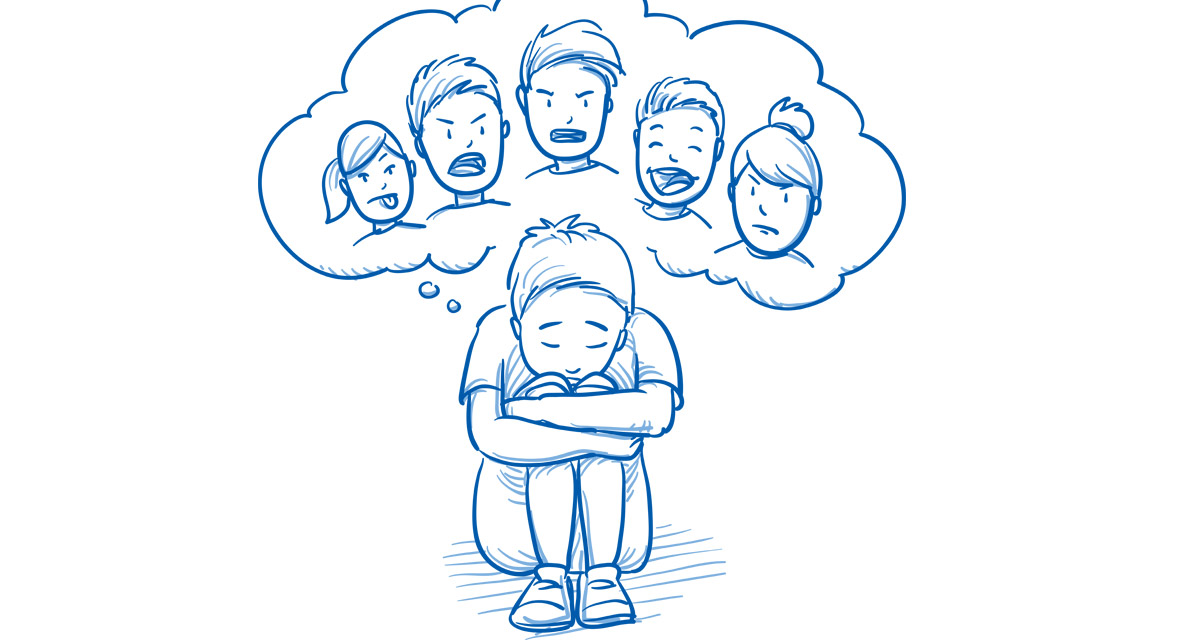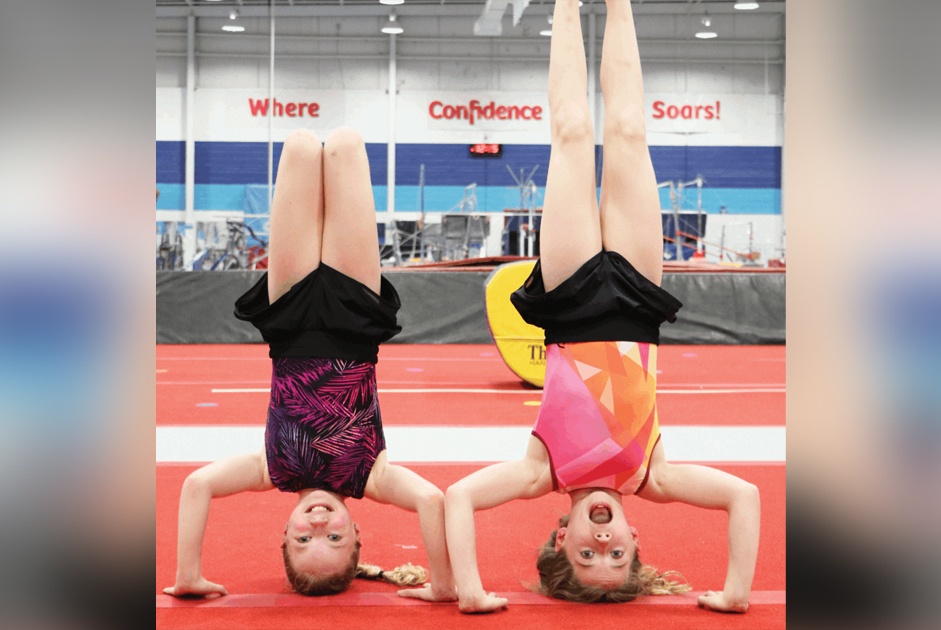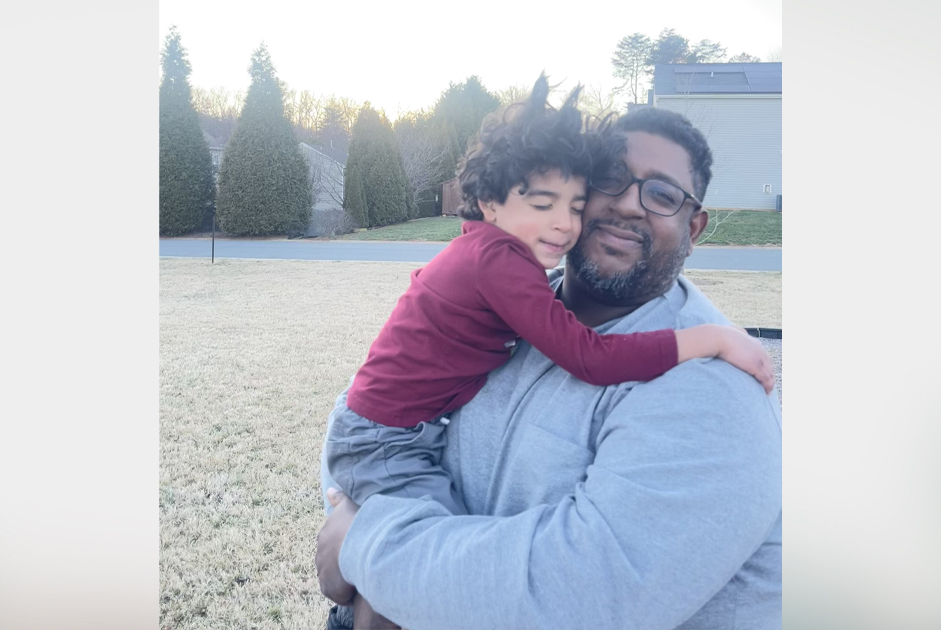Bullying is a mainstream problem in today’s schools and can be defined as “using aggression and influence to intimidate and control others.” Children are exposed to negative comments, criticism, and discrimination towards themselves or others through television, social media, and the news. They observe how people treat others and think it is okay to do the same with their friends, siblings, classmates, and teammates. Bullying can be physical, verbal, relational, and reactive. As access to the Internet has grown, cyberbullying has become an increasing problem, as well. However, all types of bullying can be stopped when adults act quickly and consistently when a child displays bullying behavior, by showing them those behaviors are unacceptable.
Unfortunately, many people are bullied growing up. The unique differences that make them special might be seen as “weird” to a classmate. In return, the classmate criticizes them for the color of their skin, for wearing glasses, etc. It hurts a person’s feelings and breaks down their self-confidence when they are being bullied. Also, the victims can create negative emotions and thoughts about themselves, which can lead to depression, attention deficit hyperactivity disorder, substance abuse, and suicidal thoughts.
Signs of Bullying:
There are several signs or symptoms to look for if a parent suspects their child is being bullied. First, be aware of any missing belongings, new and unexplained injuries, and changes in the number of friends for a child. Other physical symptoms are headaches, stomach aches, changes in appetite, dizziness, and aches and pains. Psychological signs to look for include irritability, sadness, trouble sleeping, and a feeling of being isolated. Lastly, a child might try to avoid a certain location, such as school or the soccer field. A decline in grades or becoming self-destructive are signs of bullying, as well. If you notice anything different in your child, it never hurts to speak up and ask them if everything is all right.
Children who are being the bully will also show a change in behavior. In her book, When Your Child is Being Bullied: Real Solutions, author Marie Newman explains some signs that will help you recognize if your child could be a bully. Some are: trouble sleeping; behavioral issues, such as hot-headedness; quick- developing frustration; a lack of empathy for others; trouble at school, an obsession with popularity, and aggressive tendencies. Again, it never hurts to have a conversation with your child if something is out of the ordinary. To stay in-tune with what is happening in their life, try having daily discussions on what is going on in school and with their friends.
How to Help:
One of the main ways to help stop bullying is by showing children that it is never right to be mean and disrespectful to others. A few rules of thumb to teach kids: stop and think if your words and/or actions could be hurtful; learn to manage your emotions and frustration; and that differences among people are what make the world a special place. An important lesson everyone should know is that no one is better or worse than anyone else.
If you are being bullied, don’t be afraid to ask for help. Talk to an adult you trust, whether it is a parent, teacher, coach, or guidance counselor. Most adults don’t see what actually happens when someone is bullied. By having a discussion, a child can share the details of what the bully said and did. Other advantages to this step are the creation of a plan between the child and adult to stop the bullying, and giving the child an avenue to release their feelings and thoughts in a safe environment.
Teach your child to stand up to the bully themselves—if they feel safe and comfortable in doing so. However, they should be aware that they should never return the bullying actions and never fight back. When in doubt, they should walk away and stay away, until an adult can step into the situation.
For those who suspect their child has been a bully, ask them to think about how they would feel if someone ridiculed them and acted harshly towards them. Teach them to learn from their past actions and show them how to improve going forward. Then, assist your child in being kind and standing up for others, which could include apologizing to the victim. Whether someone is the victim or the bully, it takes little effort to invite someone to hang out on the playground, sit with you at lunch, or talk to them during school. Bullying is becoming more and more frequent, but can be stopped. Keep in mind the Golden Rule (treat others as you would want to be treated), and the world will be a better place.




















